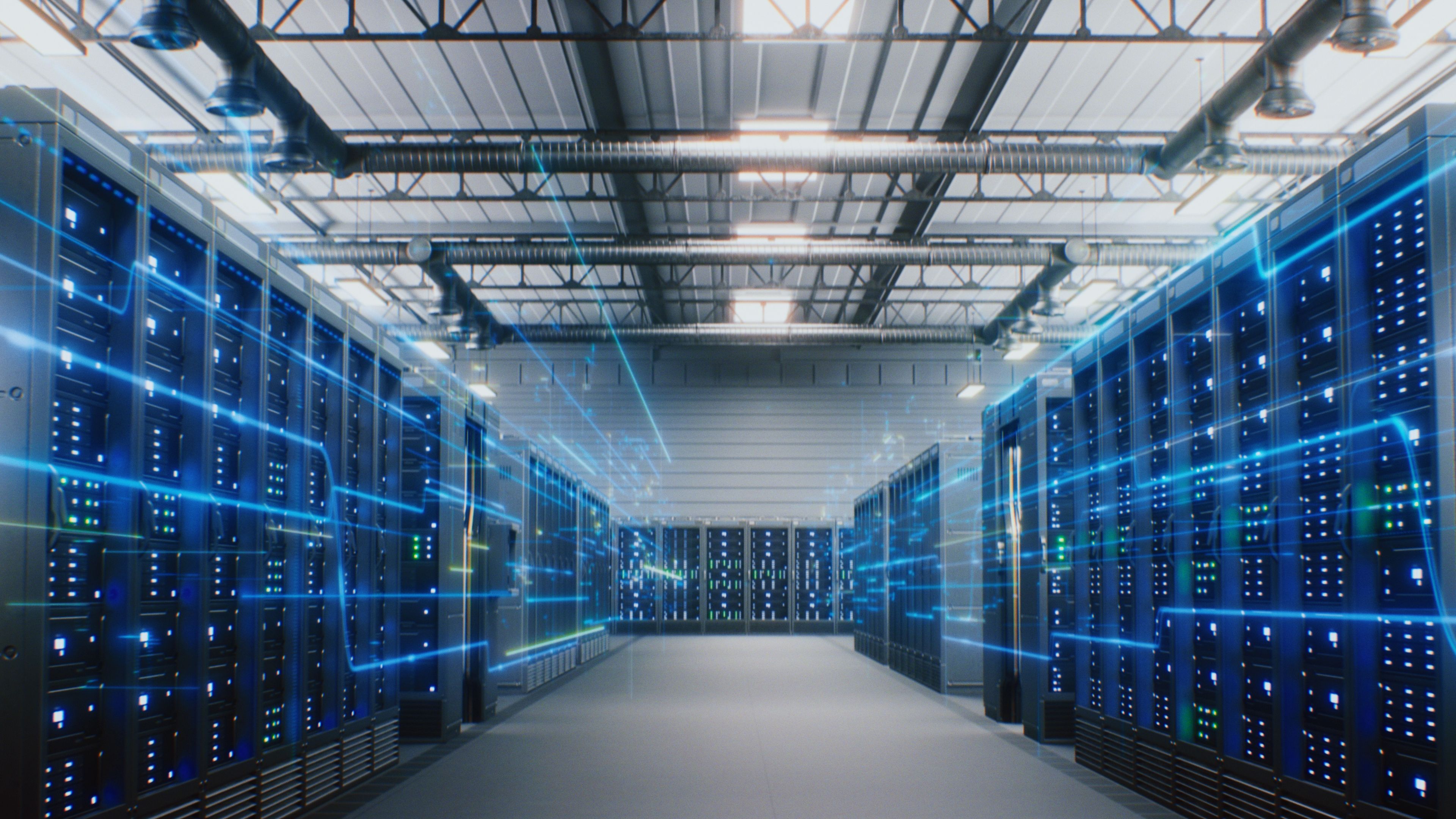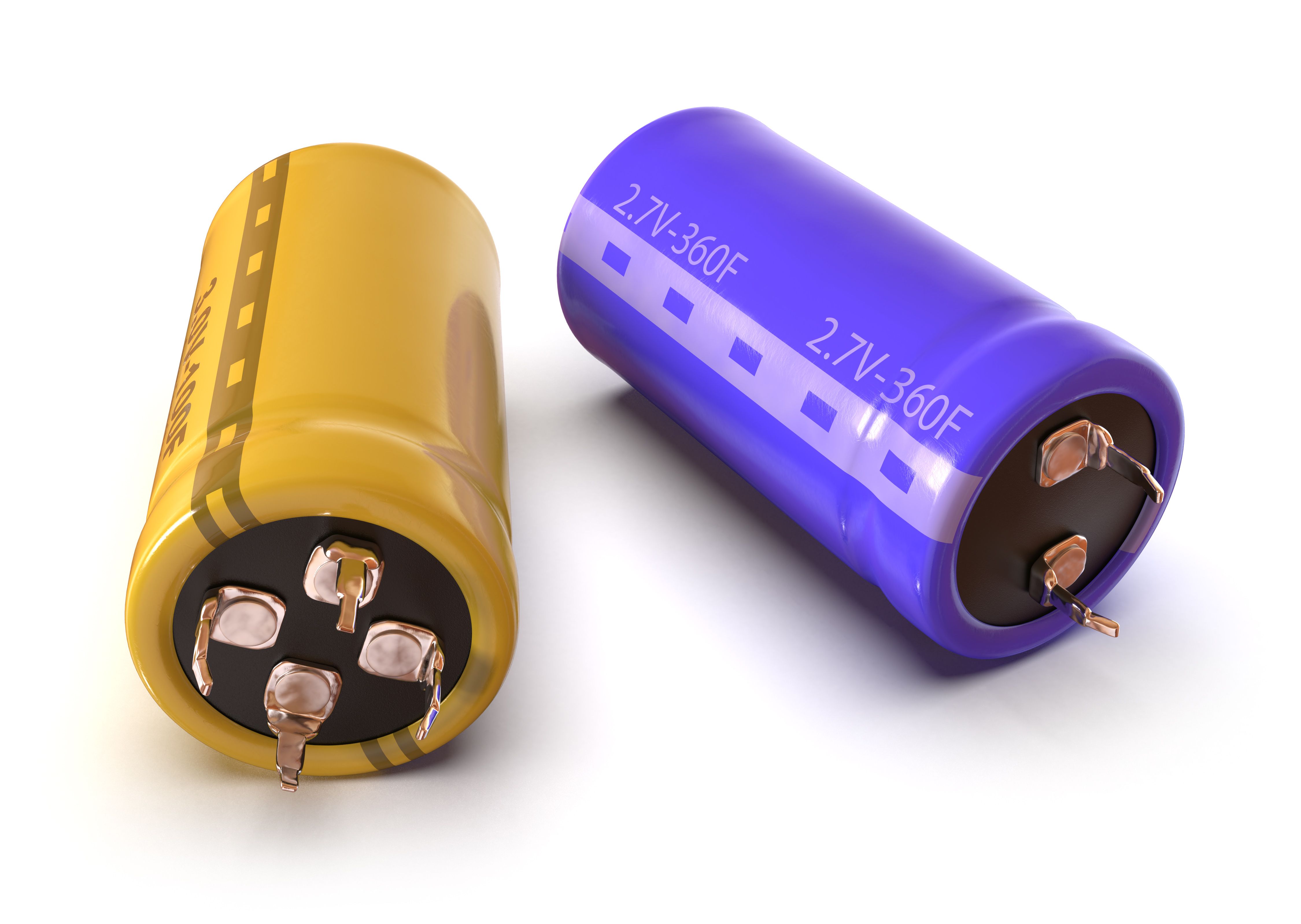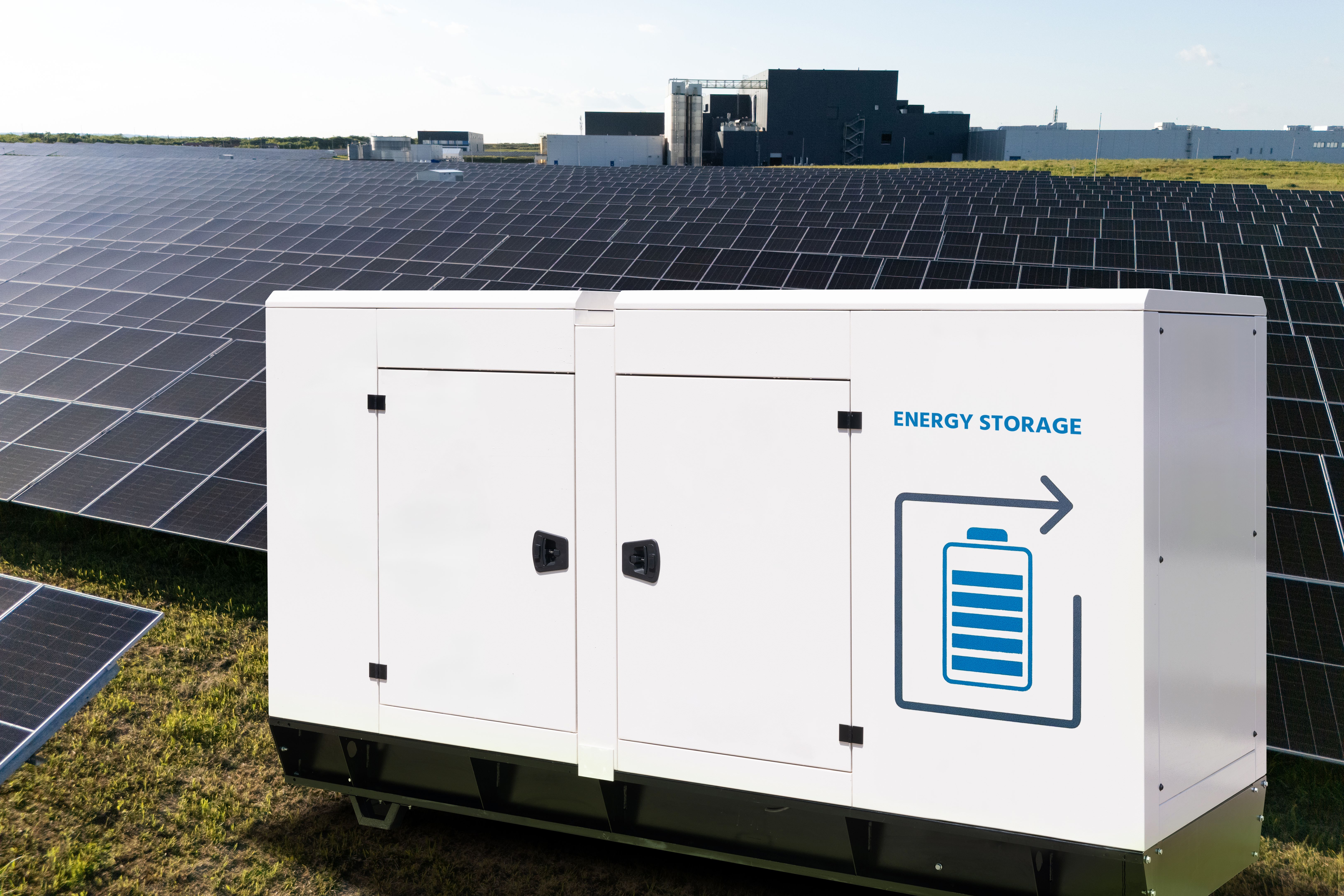Data Centers Shift to Safer Backup Solutions: The Rise of Supercapacitors
Understanding the Shift in Data Center Backup Solutions
Data centers are the backbone of modern digital infrastructure, and ensuring their reliability is paramount. Traditionally, backup solutions in data centers have relied heavily on batteries. However, the landscape is shifting as concerns over safety and efficiency rise. Enter supercapacitors, a promising alternative that is gaining traction for their rapid discharge capabilities and longer life span.
Supercapacitors offer distinct advantages over traditional battery systems. While batteries store energy chemically, supercapacitors store it electrostatically, allowing for faster charge and discharge cycles. This makes them an ideal choice for backup power in data centers where uptime is critical.

The Advantages of Supercapacitors
Supercapacitors provide several benefits that make them attractive for data center applications. First and foremost is their safety. Unlike batteries, which can pose fire risks due to thermal runaway, supercapacitors operate at lower temperatures and have a much lower risk of overheating. This safety aspect is crucial in densely packed server environments.
Another significant advantage is their durability. Supercapacitors can handle thousands of charge-discharge cycles without significant degradation, offering a longer operational life compared to conventional batteries. This longevity reduces maintenance costs and the need for frequent replacements, leading to more sustainable operations.

Environmental Impact and Cost Efficiency
In addition to their operational benefits, supercapacitors are also more environmentally friendly than traditional batteries. They do not rely on heavy metals or toxic chemicals, making them easier to recycle and dispose of responsibly. This aligns with the growing emphasis on sustainable practices within the tech industry.
Cost efficiency is another compelling factor driving the adoption of supercapacitors. Although the initial investment might be higher compared to traditional batteries, the long-term savings in replacement and maintenance costs make them a financially sound choice for data centers looking to optimize their budget.
Challenges and Considerations
Despite their advantages, transitioning to supercapacitors is not without challenges. One of the primary considerations is the initial cost of implementation. Data centers must weigh the upfront expenses against the potential long-term savings. Additionally, while supercapacitors excel in rapid energy discharge, they may not yet match the energy density of some advanced battery systems.

Data centers must also ensure that their infrastructure can support the integration of supercapacitors. This might involve upgrades to existing systems or the adoption of new technologies to fully harness their capabilities. Strategic planning and expert consultation are essential to navigate these challenges effectively.
The Future of Data Center Backup Solutions
The shift towards using supercapacitors in data centers is indicative of a broader trend towards safer, more efficient, and environmentally friendly technologies. As research and development continue to advance, we can expect supercapacitors to become increasingly integral to backup solutions across industries.
Ultimately, the rise of supercapacitors represents a significant step forward in ensuring data center reliability while addressing safety and sustainability concerns. As more organizations recognize these benefits, the momentum towards widespread adoption is likely to grow, paving the way for a new era in data center resilience.